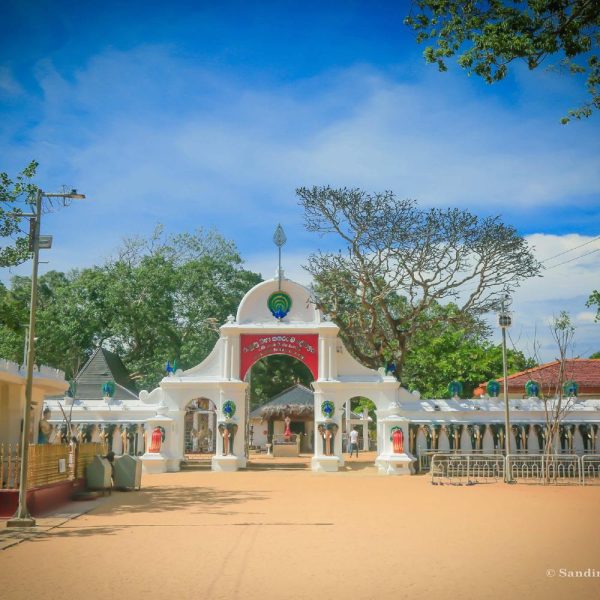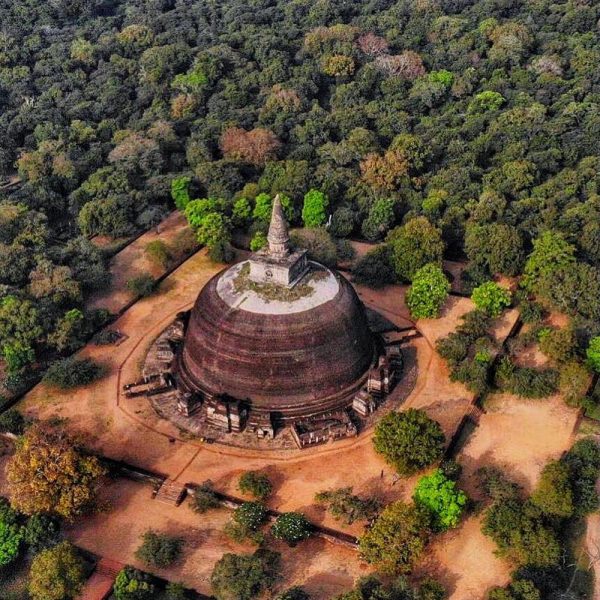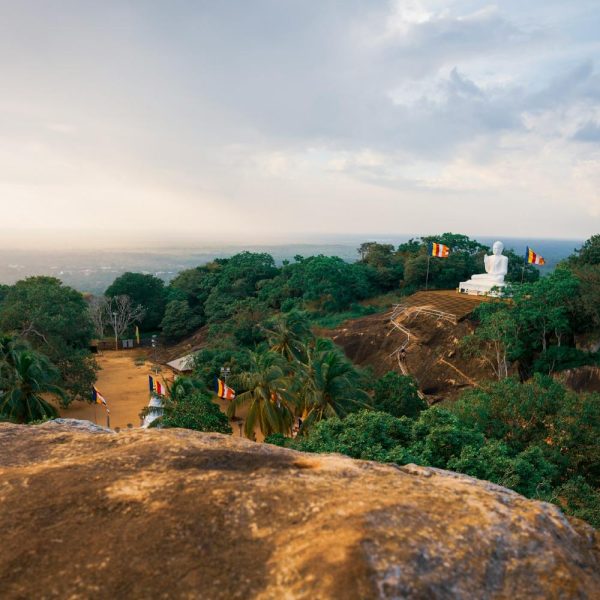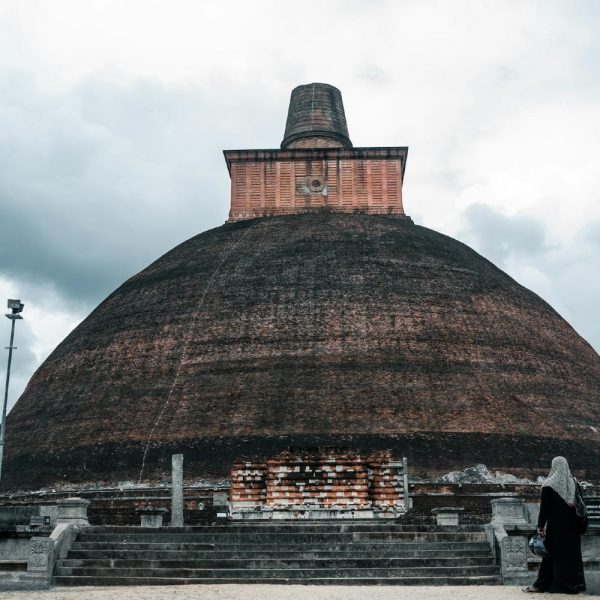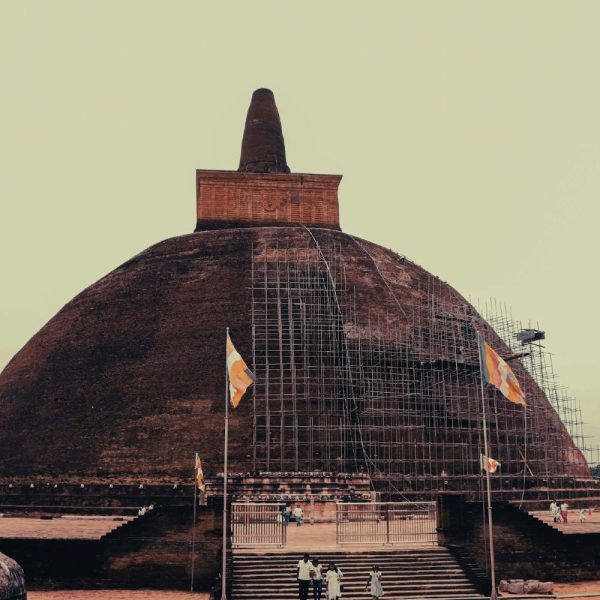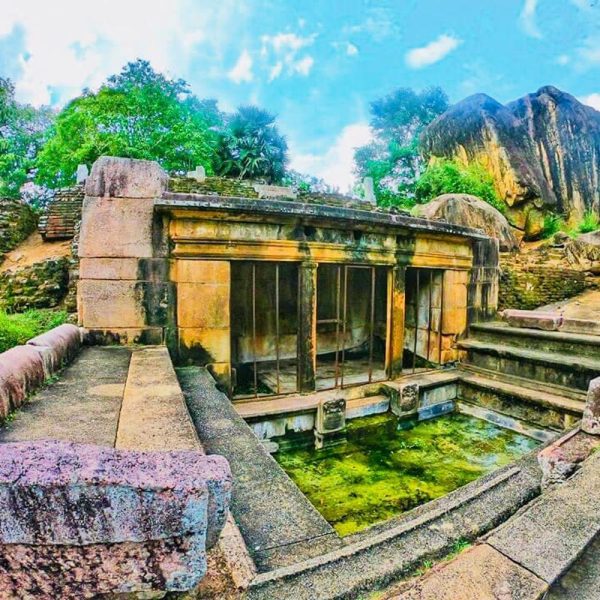Description
Deegawapi Raja Maha Vihara, also known simply as Deegawapiya or Dighavapi, is a significant Buddhist temple and pilgrimage site in the Eastern Province of Sri Lanka. It is located near the town of Ampara, in the Ampara District. The temple holds historical and religious importance and is considered one of the 16 sacred sites (solosmasthana) in the country.
Key features and information about Deegawapi Raja Maha Vihara:
- Religious Significance: Deegawapi Raja Maha Vihara is revered by Buddhists as one of the places visited by Gautama Buddha during his three visits to Sri Lanka. According to Buddhist tradition, Buddha’s left canine tooth relic was enshrined at this site.
- Stupa (Chaitya): The main stupa at Deegawapi is an important religious structure. The stupa is believed to contain the sacred relic of the Buddha, and it serves as a focal point for religious activities.
- Pilgrimage Site: Deegawapi attracts a large number of pilgrims throughout the year, especially during religious festivals. Pilgrims come to offer prayers, make offerings, and seek blessings at the sacred site.
- Religious Festivals: The temple hosts annual religious festivals, known as peraheras, which include colorful processions, traditional dances, and various religious ceremonies. The most significant festival is the Deegawapi Esala Perahera.
- Historical Background: The history of Deegawapi Raja Maha Vihara dates back to ancient times. It is mentioned in historical chronicles and is associated with various rulers, including King Kavantissa. The site has undergone renovations and expansions over the centuries.
- Ancient Ruins: In addition to the main stupa, there are archaeological remains and ancient structures within the temple complex, providing insights into the historical development of the site.
- Bo Tree: The temple complex also features a Bodhi tree (Ficus religiosa), which is considered sacred in Buddhism. Devotees often practice meditation and religious activities under the shade of the Bodhi tree.
















